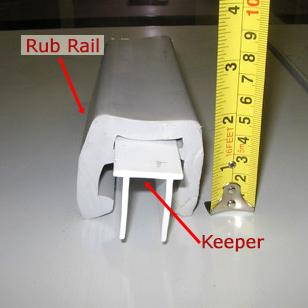I just bought a 1985 Hunter 23 in Florida. I recently graduated from school so cash is a little tight and I found what I thought was a real gem for $1,800. The deck has no perceptible flex, bilge was dry, standing rigging looked decent, etc. I've sailed the boat hard 3 weekends in a row and had a blast. I thought most of the work would be cosmetic and I was really looking forward to taking on the project. Of course that isn't the case. I recently uncovered some areas that are causing me serious concern. The cockpit support that runs lengthwise in the boat is rotting near the bottom and the stern-most bulkhead that it butts up against is also rotting. These rot areas had been obscured when I first examined the boat. I don't have a ton of cash to put into a fix but if this is something that can be fixed then I'm not afraid of a project. I'm attaching pictures of the rotting areas. I would really appreciate any help/advice that anyone can give. Like I said, this is my first ever boat and I'm not afraid of a project, but if it would make more sense to just try to sell this boat and be more thorough before I buy the next one I would appreciate that advice too. (Below pictures L to R: bulkhead rot from cabin side, bulkhead rot from lazarette, cockpit support rot from starboard side, cockpit support rot from port side)









